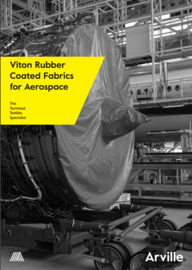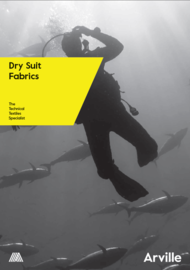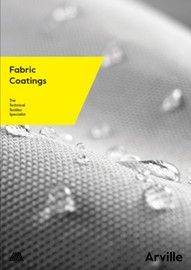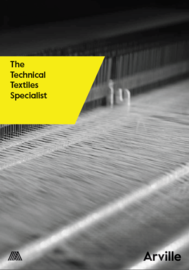Our Textile Coating Process
Mixing & Formulation
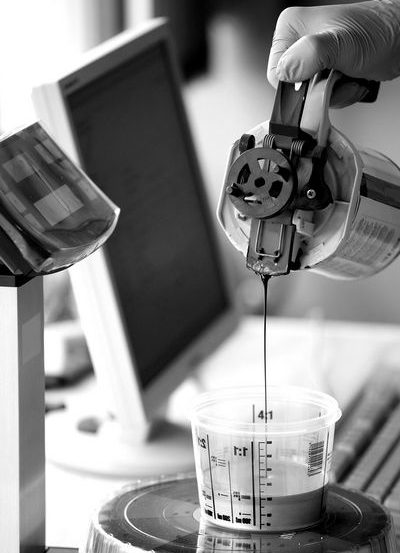
The formulation of a textile coating is complicated, and it can contain a wide range of chemicals depending on the nature of the polymer, the additives for the specific end use and the type of coating machinery used for its application.
For our customers, we achieve exceptionally high levels of quality. Operating our in-house mixing, textile coating and testing facilities to ISO 9001 quality standards means that we manufacture within tight tolerances with consistent and reproducible results.
Where customers require bespoke characteristics, we can customise coating compounds with additives which impart the following added properties to the resulting coated fabrics.
- Fire retardant
- Anti-static
- Resistance to UV degradation
- Water repellant
- Colour mixture to specific pantones
Food grade fabric can also be developed on specific request from customers if required.
Spread Coating
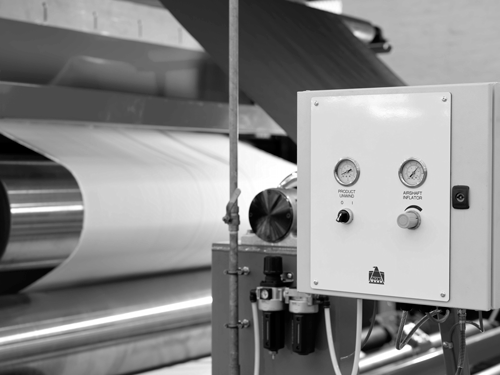
Using precision ‘knife-over-air’ and ‘knife-over-roller’ techniques we are able to apply solvent-based polymer coatings directly onto the fabric at weights from 8gsm up to 300gsm on one or two sides of the material.
The solvent medium is then evaporated leaving a deposited layer of polymer on the fabric which is subsequently cured at high temperatures in specially designed ovens to vulcanise the coating and fix its final characteristics.
Alternatively, fabrics can be supplied unvulcanised (semi-cured) if required for further processing by our customers.
Dip Coating
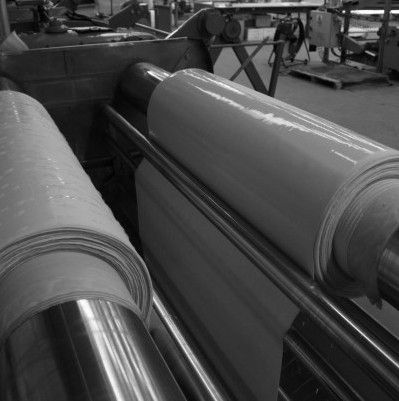
We operate a dip-coating line for the application of a wide variety of water-based solutions and fabric treatments.
Chemical formulations can be tailor-made for a variety of end uses from basic mechanical strength promoters, sealing yarns, waterproofing, improving dimensional stability, through to using the desired chemical functional groups to improve adhesion and compatibility to further industrial processes such as PU priming and RFL (Resorcinol Formaldehyde Latex) dipping to prepare fabric for rubber reinforcement purposes.
We can dip or impregnate one or both sides with processes that are designed to add low chemical treatments to fabric up to 2 metres wide.
Fabric Lamination
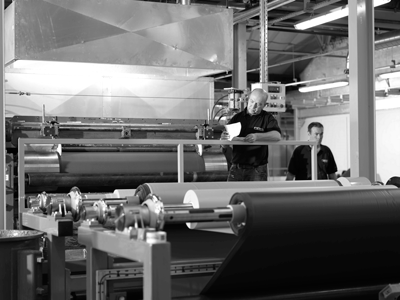
The development of our bespoke lamination process allows us to take individual fabric substrates and combine them into unique multi-layer bonded textile structures.
These hybrid fabrics are combined through heat and pressure, resulting in the capability to produce truly bespoke fabric combinations such as tri-laminates with specific performance characteristics.
Related Resources
Want to know more? Here are some technical brochures that may be of interest, or if you would like to see our full range of PDF downloads then please go to our Technical Library





